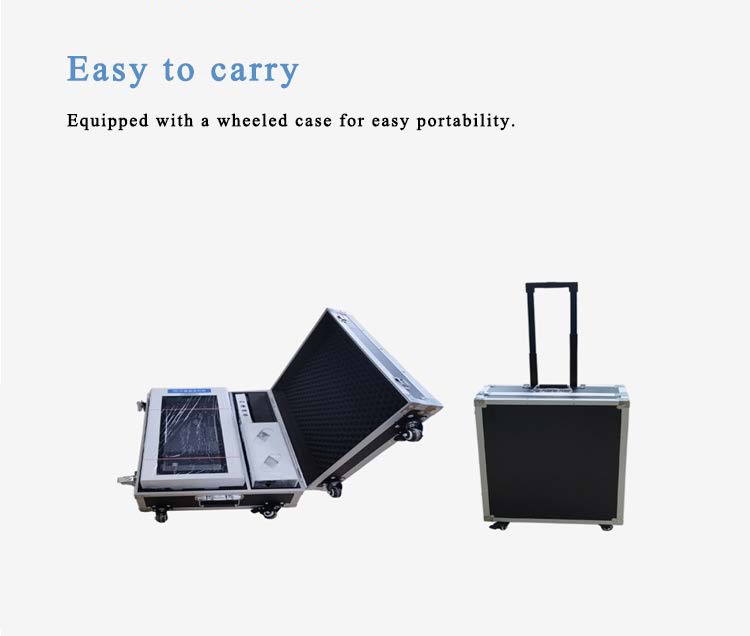The plantar 3D scanner mainly uses optical principles such as laser scanning to scan and measure the sole of the human body, and collects data through software and presents it in a graphical way.
The detected data includes word or PDF reports, as well as data in three-dimensional formats such as stl.
So, how is the plantar 3D scanner used in insole customization?
- Obtain relevant data on the sole through the plantar 3D scanner.
These data include foot length, foot width, arch height, etc.
And it can generate stl three-dimensional models. This stl format can be directly imported into 3D insoles and other equipment for insole production.
- Obtain plantar pressure distribution data through the plantar pressure distribution system.
For insole design, especially for functional corrective insoles, plantar pressure distribution data is very important.
Because these plantar pressure distribution data can allow designers to better judge and analyze which areas need additional support and cushioning.

- Import the data into the insole data software for design.
There are many kinds of insole design software, such as SolidWorks, Geomagic, Meshmixer, etc.
Import the 3D data scanned by the plantar 3D scanner into the insole design software to model the insole.
The designer makes adjustments based on the plantar pressure distribution data measured by the plantar pressure distribution system, such as adjusting the support structure and the arch support.
In addition, it is also necessary to optimize according to customer needs, adjust the material thickness, optimize the insole curve, etc.
- Import the designed data into the 3D printer or insole engraving machine for insole production.
Through 3D printers, TPU, EVA, resin and other materials are generally used.
It is more suitable for making complex shoe shapes, such as customized insoles for flat feet, high arches and diabetic feet.
Through CNC processing, EVA, PU foam and other materials are generally used.
Production through insole engraving machines is more suitable for large-scale production and has a relatively low cost.
Advantages of using a plantar 3D scanner to customize insoles: Compared with traditional measurements, plantar scanners have higher data accuracy, which can improve the fit of insoles, and can optimize insole design based on foot shape data, making more comfortable corrective insoles possible.
